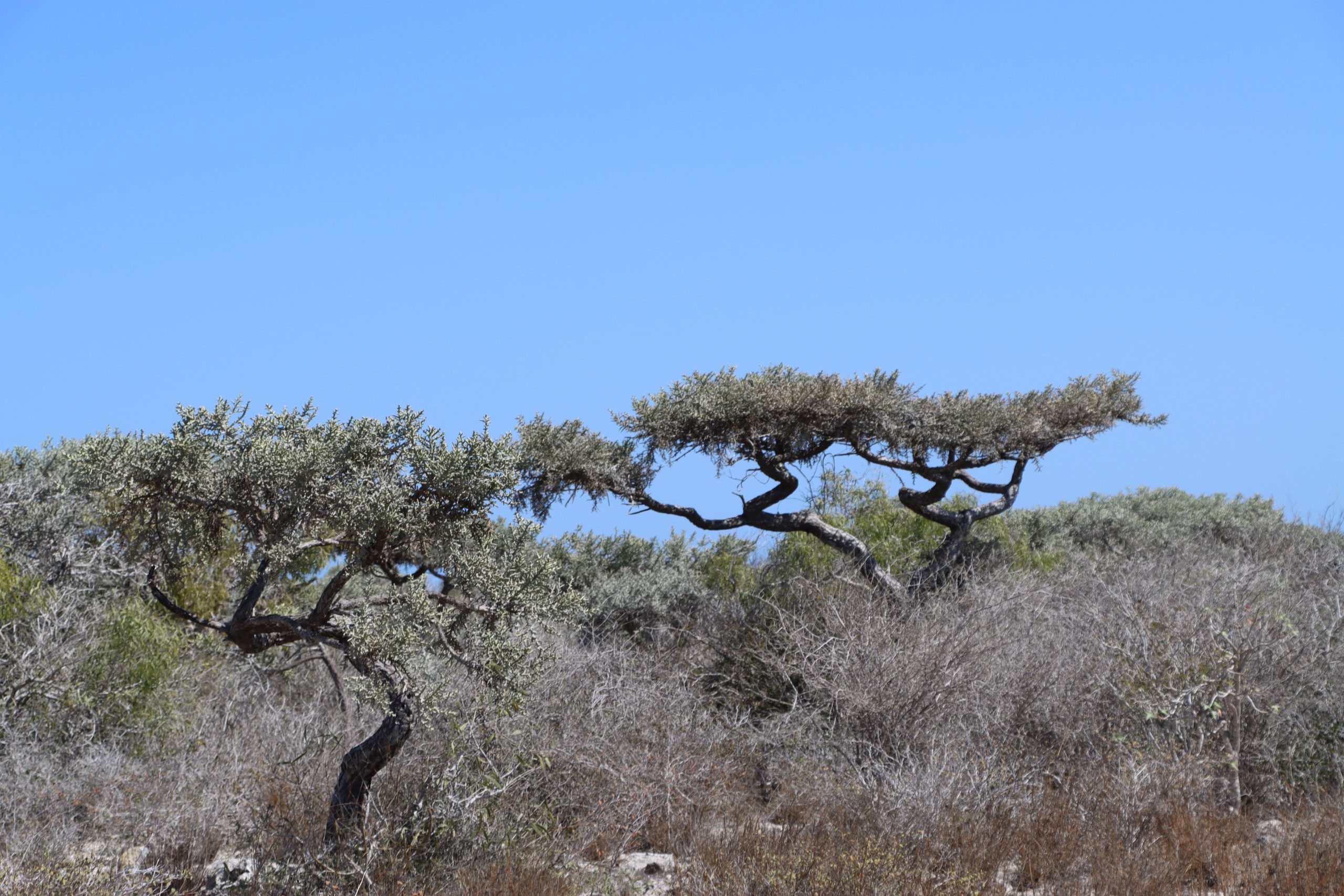
Mikea
- Accueil
- National Park
- Mikea
Mikea National Park boasts a unique concentration of areas representative of the diverse habitats and species of the southwest region. They are distributed across 3 types of ecosystem: dry dense deciduous forest in the west, xerophilous high thicket and low thicket on limestone, with transitional forest between dry dense forest and xerophilous high thicket, and permanent and temporary lakes. Habitats vary from north to south and from east to west.
The Mikea forest is the richest dry forest known in terms of herpetofaunal diversity, with 65 species recorded. It is also the only protected area home to three species of Lioheterodon.
The Park is home to local endemic species such as Liophidium chabaudi, Liophidium sp new species, Monias benschii, Furcifer antimena, Uratelornis chimaera and Pyxis arachnoïdes brygooi. It is also home to regional endemics and several national endemics.
Marshes and temporary and permanent lakes are also part of the landscape, the most important of which is Lake Ihotry, Madagascar’s third largest.
The history of the Mikea forest has long been shrouded in myth and legend. Since the dawn of time, the forest area has been considered a place of refuge for a minority people described as mythical, the indigenous Mikea.
The actual second wave of settlement is therefore far removed from the myth that gives
History
The Mikea National Park is classified as a National Park by decree N° 2011-496 of September 06, 2011, and as a UNESCO World Heritage Site in 2023. It is likely that the south-western part of Madagascar, where the Mikea people currently live, is home to primitive migrants. RALAIMIHOATRA (E), 1981, DEz (T), 1971, Fagereng, (E), 1971, BIRKELI (E). (1936), Jaovola (T) , 2006, the existence of the mysterious individuals Tsiokakoke, ndranohisatse, koko, lampihazo have often been evoked by Masikoro traditionalists. They may be a single individual, but their names change because of their physical behavior. They are therefore considered to be the country's first settlers.
Habitats
FORET DENSE SECHE: série Dalbergia,Hildegardia,Commiphora , série Didiereace, Avec Baobab( Adansonia zà, Adansonia gradidieri, Adansonia rubrostipa)
FORET DE TRANSITION
FOURRE SUR SABLE et CALCAIRES
LACS et MARAIS
Fauna
- OISEAUX: 112sp répertoriés
58% Endémique de Madagascar, 22,2% Endémique Régionale: Uratelornis chimaera (Tolohoranto, Bokiboky) et Monias benschi (Naka)
- PRIMATES: 9 (neuf espèces) dont : 2 sp Diurnes; 1 sp Cathémérale; 6 sp Nocturnes
- CARNIVORES: 2 sp, Cryptoprocta ferox (Endemique) et Felis silvestris (Introduite)
- CHIROPTERES: 6 espèces inventoriés
- MICROMAMMIFERE: 8sp recensées dont Rongeur: 2sp dont Macrotarsomys petteri, Rattus rattus (introduite) Lipotyphles: 6 sp endémiques.
- AMPHIBIENS et REPTILES: 65 sp répertoriés
AP connue la plus riche en herpétofaunes; 51sp, dont 6sp amphibiens et 45sp reptiles
Sp rare: Liophidium apperti, Liophidium chabaudi, Liophidium vaillanti, Liophidium sp nov, Pyxis arachnoides brygooï;
Endroit rare sur Madà de trouver 3sp de serpent du genre Leioheteredon
Flora
310 Espèces identifiées, réparties en 65 familles et 65 genres
- Endémicité spécifique : 28% y compris 2 familles endémiques: Sphaerosepalaceae et Didiereaceae;
- 6/ 20 espèces classées dans la liste IUCN sont qualifiées en danger
- 3/6 espèces d’Adansonia rencontrées à Madagascar sont recensées à Mikea : Adansonia grandidieri, A. za et A. rubrostipa,
Fire, selective cutting and carbonization
Hunting
Biodiversity conservation
A number of initiatives have been planned to address the environmental challenges and human pressures on the park.


FAPBM is a private foundation incorporated under Malagasy law, which represents an innovative financing mechanism for protected areas in Madagascar. The Foundation's capital is invested on international markets.
On the plan
VISIT US
Depending on your means of transport :
- Ground Transportation
Road RN 7 from Antananarivo to Toliara, then by road RN 9 from Toliara-Ankililoaka (Park Management Office).
- Maritime transport
None
- Air transport
By plane
Fees and rates
Download the reference document to find out more about park fees and charges.
Madagascar National Parks
Immerse yourself in the unique biodiversity of our national parks and discover our commitment to conservation and ecosystem protection. Marvel at unspoilt landscapes and exceptional wildlife. Together, we create a model of responsible and beneficial coexistence

